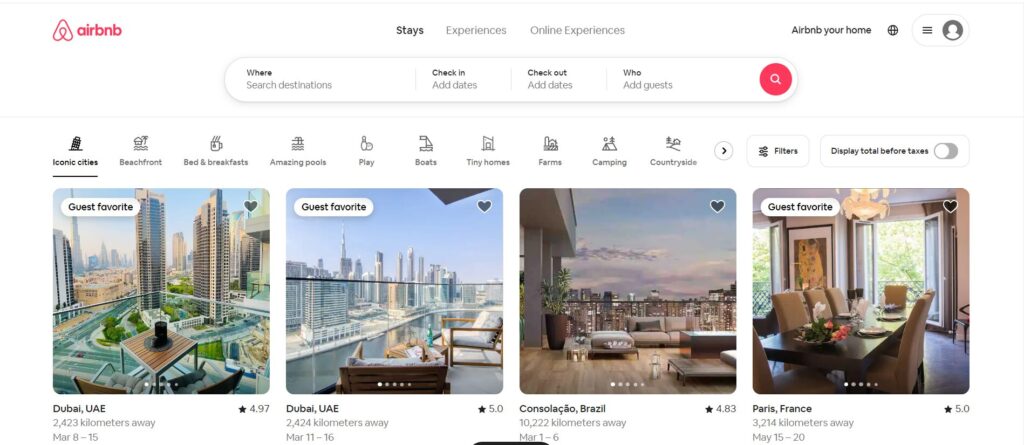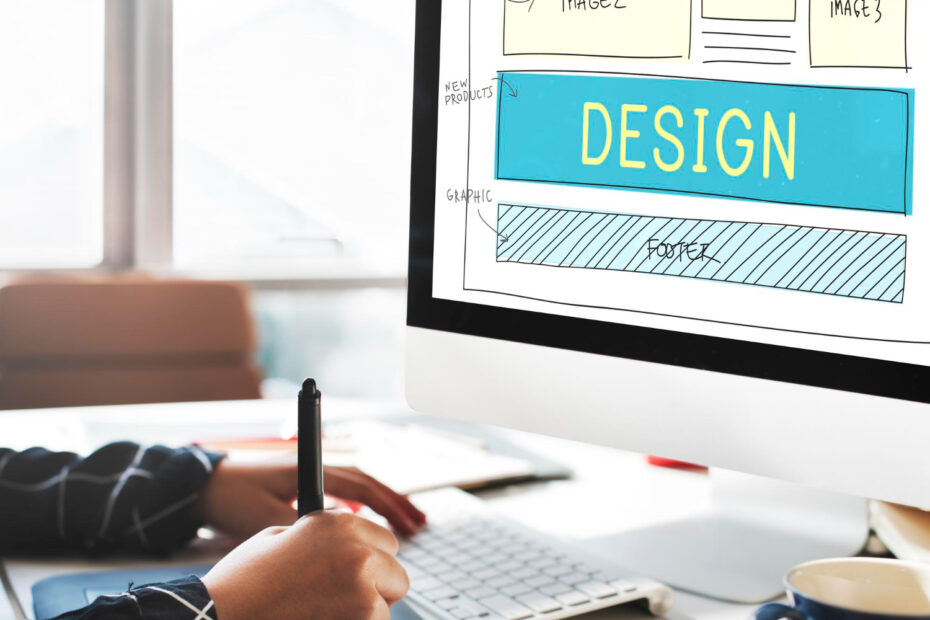In the world of software development, design plays a crucial role that extends far beyond mere aesthetics or usability. While the importance of creating user-friendly interfaces cannot be understated. The scope of design in software development encompasses a broader spectrum. Touching on aspects such as system architecture, data modeling, and the overall user experience. This article delves into the multifaceted role of design in software development. Highlighting its significance not just for usability but for the entire lifecycle of a project.
Understanding Design in Software Development
Design in software development is a comprehensive process that begins long before any code is written. It involves planning and decision-making that influences how the software will be structured. How it will function, and how users will interact with it. This process is critical in defining the project’s roadmap and ensuring that the final product meets the intended goals and requirements.
The Layers of Design
- User Interface (UI) and User Experience (UX) Design: The most visible aspect of design. Focused on how users interact with the software. UI design is about the look and feel. While UX design is about optimizing the user’s journey for efficiency and satisfaction.
- System Architecture Design: This layer involves planning the software’s technical framework, defining how different components of the system will interact. And making crucial decisions about technologies and frameworks. Effective architecture design ensures scalability, reliability, and security.
- Data Design: Data design focuses on how data is structured, stored, and accessed within the system. It involves defining data models, database schemas, and data flow diagrams to ensure data integrity and performance.
Beyond Usability: The Broader Impact of Design
- Scalability and Flexibility: Good design allows for the easy expansion and modification of the software as needs evolve. This means thinking ahead about potential future requirements and ensuring that the system architecture can accommodate growth.
- Performance Optimization: Design decisions directly impact software performance. For instance, choosing the right data structures, algorithms, and database solutions can significantly enhance the efficiency of the software.
- Security Considerations: Security is a critical aspect that must be integrated into the design process. This includes designing secure communication protocols, data encryption methods, and access control mechanisms to protect sensitive information.
- Maintainability and Code Quality: Well-designed software is easier to maintain and update. By adhering to best practices and design patterns, developers can ensure that the code is clean, well-documented, and modular.
Real-World Examples
- Airbnb’s Redesign for Global Expansion: Airbnb’s redesign focused on improving usability for a global audience, but it also involved deep architectural changes to support multiple languages, currencies, and cultural nuances, showcasing the importance of holistic design thinking.

- Day Off Leave Tracker is a website designed to provide a seamless, engaging experience for users looking to manage their vacation days, public holidays, and personal days off. It aims to simplify the planning process and ensure users can make the most out of their time off.

- Netflix’s Microservices Architecture: Netflix’s transition to a microservices architecture was a strategic design decision to improve scalability and performance. This allowed them to efficiently manage a vast library of content and a growing number of users worldwide.
- Google’s Material Design: Google’s Material Design is not just about creating visually appealing interfaces; it’s a comprehensive design language that includes guidelines for animations, layout, and interactions, demonstrating how design influences the overall user experience.
Design Thinking in Problem Solving
Integrating Design Thinking into software development marks a significant shift towards creating solutions that are both technically sound and closely aligned with what users really want and need. This approach is built on three key principles: understanding users deeply, coming up with a wide range of ideas, and quickly making models of these ideas to test them out. These steps help teams come up with creative solutions to problems. Let’s explore how these principles make a difference in software development and how they’re put into practice.
Empathy with Users
Empathy stands at the heart of Design Thinking. It goes beyond mere observation, requiring developers and designers to immerse themselves in the users’ environment, to truly understand their emotions, experiences, and challenges. This empathetic approach ensures that software solutions are not just built based on assumptions or detached specifications but are rooted in the real needs and pains of the users.
Implementing Empathy:
- User Research: Conduct interviews, surveys, and observation sessions to gather insights directly from the target audience.
- Persona Creation: Develop detailed personas that represent the diverse user base. These personas should include not just demographic information but also goals, challenges, and behaviors.
- Empathy Mapping: Use empathy maps to visualize what users say, think, do, and feel. This tool helps in understanding the emotional landscape of users and identifying unmet needs.
Ideation
Ideation is the process of generating a broad set of ideas, without judgment or constraints, aimed at addressing the user needs identified through empathy. This phase encourages creativity and leverages the collective thinking of the team, allowing for a wide range of solutions to emerge.
Facilitating Ideation:
- Brainstorming Sessions: Organize brainstorming sessions with cross-functional teams to encourage diverse perspectives and ideas.
- Idea Boards: Use physical or digital boards to collect and visualize ideas. This aids in pattern recognition and the combination of concepts into innovative solutions.
- Design Workshops: Conduct workshops that include stakeholders and users, if possible, to co-create solutions. This collaborative approach can lead to more user-centered ideas.
Prototyping
Prototyping is about bringing ideas to life through tangible representations, which can be digital or physical. This stage is not about creating a finished product but about materializing concepts to explore their feasibility and test them with users. Rapid prototyping allows for quick iteration based on feedback, reducing the time and resources spent on non-viable solutions.
Advancing Prototyping:
- Low-Fidelity Prototypes: Start with sketches or paper interfaces to test basic concepts and layouts. These low-cost prototypes are quick to produce and easy to modify.
- Interactive Prototypes: Utilize tools to create interactive digital prototypes that simulate the user interface and experience. These are more detailed and allow for better usability testing.
- User Testing: Engage with users to test prototypes, observing their interactions and gathering feedback. This direct input is invaluable for refining solutions and ensuring they meet real user needs.
Incorporating Design Thinking into software development not only fosters a culture of innovation but also ensures that solutions are deeply aligned with user needs. By embracing empathy, ideation, and prototyping, teams can navigate complex problems with a user-centered approach, leading to products that are not just functional but truly transformative. This methodology challenges conventional problem-solving by advocating for a more human-centric lens, which is crucial in developing software that genuinely impacts users’ lives.
Conclusion:
Design in software development is a multidimensional process that goes far beyond creating interfaces that are easy to use. It encompasses strategic planning of the system architecture, careful consideration of data management, and a focus on creating a seamless and engaging user experience. By understanding and appreciating the broader role of design, developers and stakeholders can create software that is not only usable but also scalable, secure, and maintainable. As the digital landscape continues to evolve, the significance of comprehensive design thinking in software development will only grow, underscoring its role as a foundational element of successful software projects.
